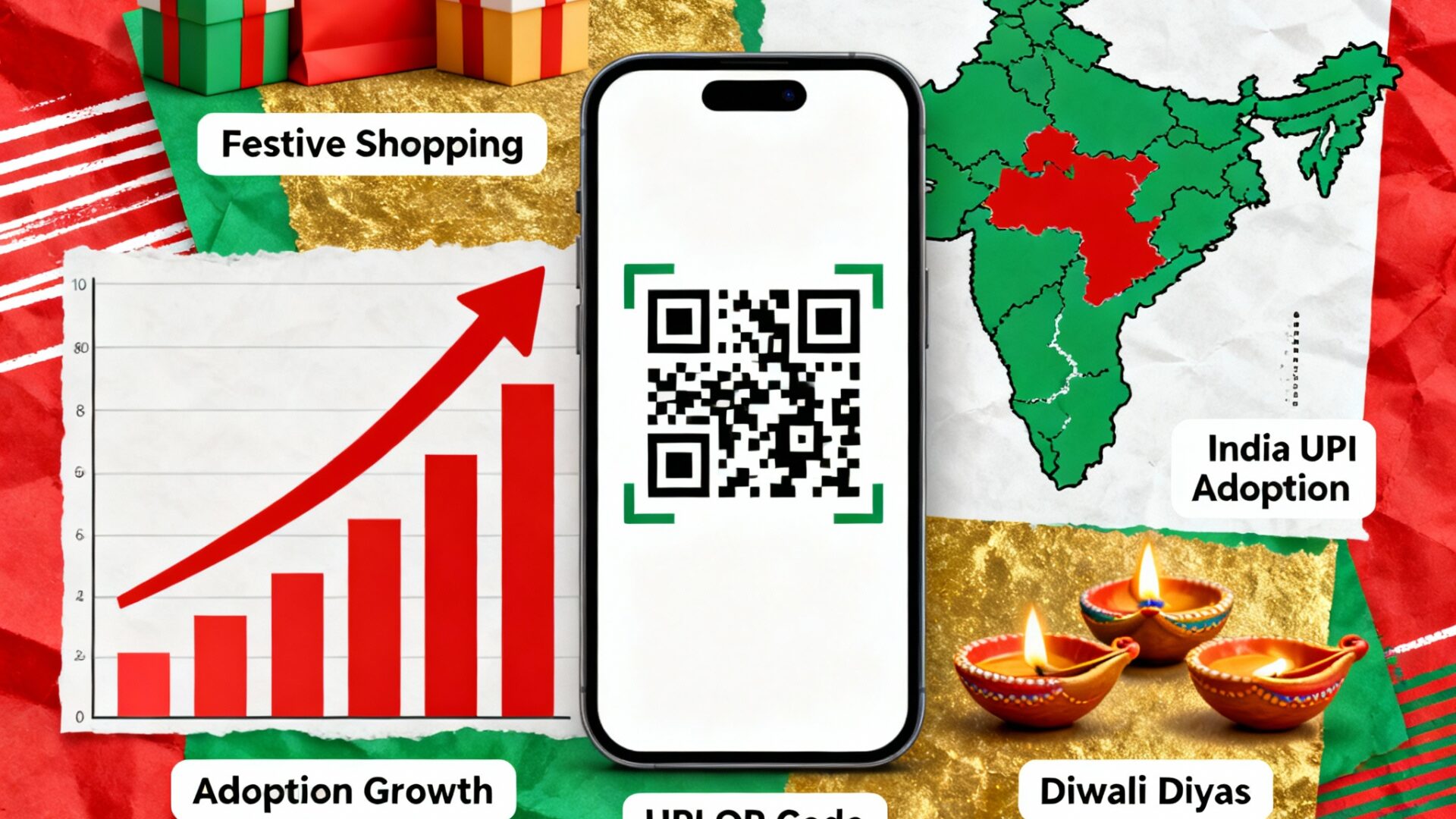India’s digital payments landscape marked a new high in October 2025 as UPI (Unified Payments Interface) transactions surged to an unprecedented level. Fueled by festive season spending, the system processed over 20.7 billion transactions, totaling ₹27.28 lakh crore (₹27.3 trillion) in value. This milestone underlines how deeply integrated UPI has become in the fabric of day-to-day commerce — from small-town street vendors to large urban e-commerce purchases.
Enabling instant, secure money transfers, keeping your transactions seamless and you #AlwaysForward. #IMPS #DigitalPayments@GoI_MeitY | @_DigitalIndia | @RBI | @dilipasbe pic.twitter.com/7ogv33sg0L
— NPCI (@NPCI_NPCI) November 1, 2025
What’s Behind the Surge?
Festive Season Momentum
The October spike is not random. Experts attribute a large part of it to the annual festival season, when consumer spending skyrockets. This period typically sees a surge in gift purchases, travel, and other high-frequency transactions — and UPI has emerged as the go-to payment mode for many.
GST 2.0 Impact
Recent reforms under GST 2.0 have also played a role, making certain kinds of transactions smoother and more attractive. This regulatory tailwind helped drive both the volume and the value of UPI payments higher.
Growing Adoption in Bharat
UPI’s increasing reach into smaller towns and cities—often referred to as “Bharat”—is a key factor. Local merchants are more accepting of QR-based payments, and assisted digital networks are helping new users feel confident about digital payments.
Record Breakers: Key Numbers at a Glance
-
Monthly volume: 20.70 billion transactions
-
Total value: ₹27.28 lakh crore (~₹27.3 trillion)
-
Average daily volume: ~668 million transactions
-
Average daily transaction value: ~₹87,993 crore
-
Single-day peak: ~754.37 million transactions on October 18 — the highest ever in one day
-
Year-on-year growth: Volume up 25%, value up 16%
Why This Matters for India’s Digital Economy
UPI’s Deepening Footprint
These numbers indicate just how entrenched UPI has become in everyday life. It’s not just urban users driving this growth — millions more in semi-urban and rural areas are now actively using UPI for both peer-to-peer (P2P) and merchant payments.
Infrastructure Proving Its Worth
Handling such a massive transaction load — both in volume and value — highlights the strength and resilience of India’s real-time payments infrastructure. The NPCI (National Payments Corporation of India) continues to scale operations to meet growing demand.
Financial Inclusion Gains
As UPI grows, it’s also helping to bridge the financial inclusion gap. More people have access to real-time payments, even in regions previously underserved by traditional banking. The system’s expandability and ease of use are pivotal to this shift.
What Challenges and Opportunities Lie Ahead
-
Sustaining momentum: Can UPI maintain such volume once the festive season ends?
-
High-value transactions: As UPI continues to enable larger transactions, questions about limits, regulation, and risk management will become more important.
-
Merchant fees: While UPI remains largely free for users, longer-term viability may require evolving business models for payments players.
-
Cross-border use: With UPI already live in other countries, there’s room to scale its international footprint further.
Conclusion
October 2025 will be remembered as a watershed moment for India’s digital payments revolution. UPI’s record ₹27.3 lakh crore in transaction value and 20.7 billion-strong monthly volume show that digital payments aren’t just growing — they’re exploding. Thanks to festival spending, regulatory tailwinds, and deepening reach across Bharat, UPI is solidifying its role as India’s payments backbone. If the infrastructure and innovation continue on this path, the journey ahead looks stronger than ever.









